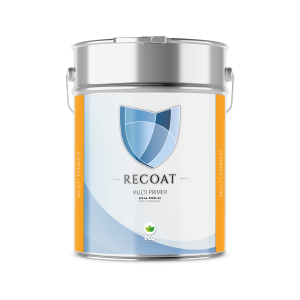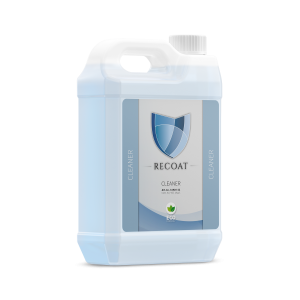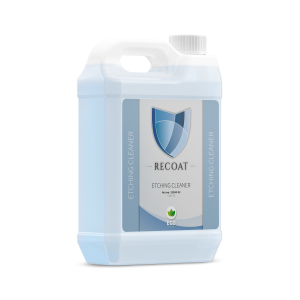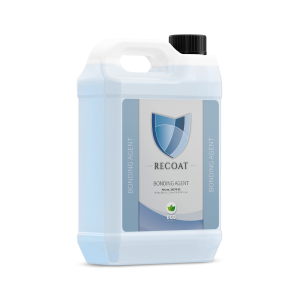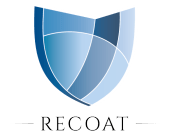Description
Recoat Floor is a extremely durable, waterborne clear, matt, 2k waterborne floor coating with unique anti-slip properties.
Recoat Floor is specially developed for maintaining and repairing different types of floors. The coating extends the life span of the treated surfaces and is invisible due to the extremely matt gloss.
The coating is suitable for various indoor and outdoor substrates. Recoat Floor has unique anti-slip properties without the floor getting rough, even as soon the floor gets wet. This make the floor easy to clean.
The Recoat Floor is odor-poor, preventing nuisance to local residents.
Recoat Floor has excellent adhesion properties and can be walked on within 7 to 8 hours after application. After proper pretreatment, the original substrate colour will become visible or by pretreatment with the Recoat Multiprimer Clear the existing colour will be retained.
A permanent, matt, transparent protective layer will form with high surface tension.
In addition, the coating is high in chemicals, UV-A and UV-B resistant, rust-resistant, resistant to plasticizers in car tires and chewing gum will not adhere to the coating.
Floors are not only restored but also permanently protected against dirt, water, weathering and adhesion of biofilm.
Recoat Floor protects floors from persistent dirt adherence and therefore is very easy to clean.
In addition, Recoat Floor is highly resistant to chemicals and chewing gum will not stick. This makes frequent maintenance unnecessary.
Application area
Recoat Floor can be applied to concrete substrates, steel surfaces, marmoleum, PVC floors, tiled floors and floor coatings of other manufacturers.
We always advise to perform a test application.



